Microchip LX7176A Manual
Microchip
Ikke kategoriseret
LX7176A
| Mærke: | Microchip |
| Kategori: | Ikke kategoriseret |
| Model: | LX7176A |
Har du brug for hjælp?
Hvis du har brug for hjælp til Microchip LX7176A stil et spørgsmål nedenfor, og andre brugere vil svare dig
Ikke kategoriseret Microchip Manualer

25 Oktober 2025

25 Oktober 2025
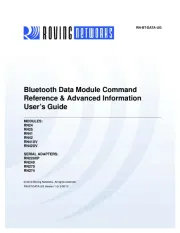
24 Oktober 2025
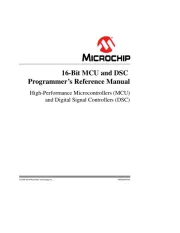
24 Oktober 2025

24 Oktober 2025
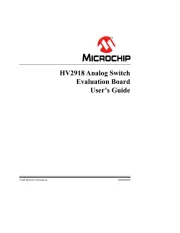
23 Oktober 2025
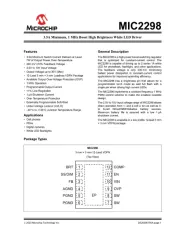
23 Oktober 2025
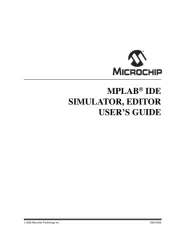
23 Oktober 2025

21 Oktober 2025
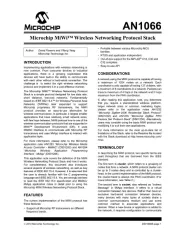
21 Oktober 2025
Ikke kategoriseret Manualer
- Petmate
- Elight
- Portkeys
- ISi
- Feit Electric
- Tiny Audio
- Kenwood
- Auer Signal
- Duux
- Saramonic
- Home Easy
- Ampetronic
- Ensemble Designs
- Peugeot
- AURALiC
Nyeste Ikke kategoriseret Manualer

3 November 2025

3 November 2025

3 November 2025

3 November 2025

3 November 2025

3 November 2025

3 November 2025

3 November 2025

3 November 2025

3 November 2025
